
.If watching the 2014 FIFA World Cup has ignited your thirst for international exploration, we invite you to take a seated tour of the world’s dynamic cups. We’ve provided a beverage representative of every nationality contending for the World Cup title and provided farm-style inspiration so you can attempt your own version of these tasty drinks at home. With just a few resources from your own garden and farm, you can recreate your own version of beverages from all 32 countries to enjoy while watching the national teams battle it out on the soccer pitch.
Whether you call the game “soccer” or “football,” you can appreciate the diversity of flavor, style and ingredients representing cultures from around the world.
1. Brazil: The Caipirinha

This refreshing drink is made with lime, sugar and cachaça, a distilled spirit made from sugar-cane juice.
Serve It Farm-Style: Add in your favorite herbs, like basil or cilantro, to give the drink a flavorful twist. Or, better yet, grow your own miniature lime tree.
2. Mexico: Tequila

Known for its sting—and sometimes bottled with a scorpion—tequila is the national drink of Mexico. It’s derived from agave nectar and named for the town where liquor production occurs.
Serve It Farm-Style: With a lime tree at your fingertips, you can mix up a traditional version of the margarita. Garnish the beverage with fresh cilantro from your garden, or make it extra-fruity by shaking up the libation with homemade strawberry syrup.
3. Croatia: Slivovitz

Croatia touts Slivovitz, a velvety plum brandy often brought out as an after -dinner sweet. Traditionally, it’s sipped neat, but the brandy can be used in creative cocktails.
Serve It Farm-Style: Muddle Slivovita, fresh mint or sage from your herb garden, or add citrus fruit juice for extra flavor. Another option is to serve it over a mixture of fresh apple juice, a dash of cherry liqueur, 1/2 ounce of egg white and some lemon juice for a version of a cocktail called the Dreidel.
4. Cameroon: Afofo
Afofo, or “fire water,” is a rustic African palm wine that’s only drinkable for a few hours before it becomes too acidic.
Serve It Farm-Style: Because palm wine is impossible to find on store shelves, farmers can dabble in distillation by fermenting cane sugar as a replacement for palm sap.
5. The Netherlands: Anijsmelk

The Dutch are known for their dairy production, so it’s no surprise that a milky beverage characterizes this area of the world. Anijsmelk is a classic morning beverage of heated milk and star anise.
Serve It Farm-Style: On your stovetop, slowly warm fresh goat’s milk with a pinch of anise, an herb that can be grown in areas with longer hot seasons. Complete the beverage by stirring in a tablespoon of local honey.
6. Chile: Mote Con Huesillo

Mote con huesillo, which translates to wheat with dried peaches, is a summertime treat sold by street vendors in Chile. Made from dried peaches, wheat husk (or mote), honey and cinnamon sticks, this sweet beverage is served chilled.
Serve It Farm-Style: Pull out canned peach preserves from last summer’s harvest or fresh peaches and even prunes from this year as a base ingredient for your own version. Beekeepers can sweeten the drink with their own honey. Garnish with a sprig of mint, thyme or lemon basil.
7. Australia: Ginger Beer

While beer and wine are considered today’s national beverages of the Outback, ginger beer bottled in stoneware was in high demand in the 1800s.
Serve It Farm-Style: A tropical plant, ginger grows especially well in warm climates. Try planting in a greenhouse or pot so you can closely monitor the plant’s growth and environment. Use your harvest to brew a batch of fizzy ginger beer.
8. Colombia: Salpicón

True to its recipe, salpicón means “hodge podge” or “medley” in Spanish. This popular drink mingles a variety of fresh fruit in a bowl of orange juice.
Serve It Farm-Style: Collect an assortment of summertime fruits from your farm: blueberries, blackberries, melons, peaches and early apples. Chop them up and let them sit in a punch bowl of fresh squeezed orange juice. After a few hours, enjoy chilled or pour in a glass with some soda water.
9. Ivory Coast: Cocoa

The Ivory Coast is by far the world’s largest producer of cocoa. Enjoying a football match with a glass of iced cocoa will honor this country and its widely enjoyed export.
Serve It Farm-Style: If you raise dairy animals, you’re supplied with plenty of milk to make a batch of iced cocoa. As you heat your cocoa, toss in a touch of mint or fresh lavender for an extra note of flavor. In the summertime, chill in the refrigerator and serve over ice.
10. Japan: Aojiru

The Japanese translation of this frothy vegetable beverage is “green juice,” which is appropriate as it’s made from leafy greens. Developed during World War II to supplement the family diet, aojiru is thought to help fight off ailments and increase longevity.
Serve It Farm-Style: Extract the juices of kale, mustard greens, Swiss chard or another leafy member of your garden bed to make your own version of this nutritious drink. You can also add homegrown tea leaves and a dab of honey to reduce the natural bitterness of the drink.
11. Greece: Ouzo

Natives of Greece say that their beloved ouzo is more than just a national spirit—it’s a way of life. Famously made on the island of Lesvos, the strong, black licorice-flavored liqueur is traditionally enjoyed as an aperitif.
Serve It Farm-Style: For those who want to make a splash at a summertime gathering, prepare festive ouzo slushies to cool off the crowd. Blend a couple tablespoons of the Greek spirit with farm-fresh raspberries, nectarines, lemon juice and sprigs of lemongrass from your herb garden. Strain the resulting syrup through a sieve and serve over chipped ice.
12. Costa Rica: Refresco

With tasty crops like guava, mango and passion fruit growing on Costa Rica, refrescos, or refreshers, containing squeezed fruit juice, milk or water, and added sugar are popular beverages.
Serve It Farm-Style: You might not have exotic fruit growing on your plot, but your melons are wonderful sources of sweet juice. Consider using the natural juices of watermelon or honeydew melon to make your own country version of the refresco, which will be a welcome replacement for lemonade.
13. Italy: Limoncello

In Italy, a large meal concludes with a tiny glass of yellow-tinged alcohol to aid with digestion. This famous sweet sip, called limoncello, does more than settle the stomach—it’s the inspiration behind many more decadent cocktails with lemon flavor.
Serve It Farm Style: There’s no need to travel to Sorrento to obtain limoncello. It’s perfectly acceptable to pluck a few lemons from your homegrown tree to make your own decanter of this famous Italian drink. Zest a few lemons and let them sit with neutral alcohol for several days, then stir in simple syrup to taste.
14. Uruguay and Argentina: Mate

Traditionally steeped in a gourd, mate is an infusion of twigs and green leaves of the rainforest’s yerba mate plant. The resulting drink is bitter and nutty and can be served with milk.
Serve It Farm-Style: More hobby farmers today are growing green tea trees and harvesting the leaves to make their own homegrown infusions. Tea trees grow best in zone 7, but many of us can keep them year-round in green houses or even indoors for smaller trees.
15. England: Hard Cider or Scrumpy

If you’re ever walked along a local road salvaging fallen fruits from your neighbors’ trees, you’ve practiced the English tradition of “scrumping.” The old English term is also the namesake of a homemade hard cider.
Serve It Farm-Style: Honoring the scavenging tradition of the drink, go scrumping around your farm or get your neighbors together to gather wind-fallen fruit suitable for at-home fermentation. If you grow apples, ferment the fresh juice with brewer’s yeast for a delicious and simple home brew.
16. France: Wine or Champagne

With a wealth of gastronomic culture, France has introduced many famous wines, brandies and specialty liquors into the world. Still, wine and champagne serve as the country’s most nationally recognized beverages.
Serve It Farm-Style: Toast the success of the season’s harvest with a fancy champagne cocktail. Garnish your French-born celebratory drink with herbs like mint or lavender, or drizzle in peach or apple simple syrup.
17. Ecuador: Champús
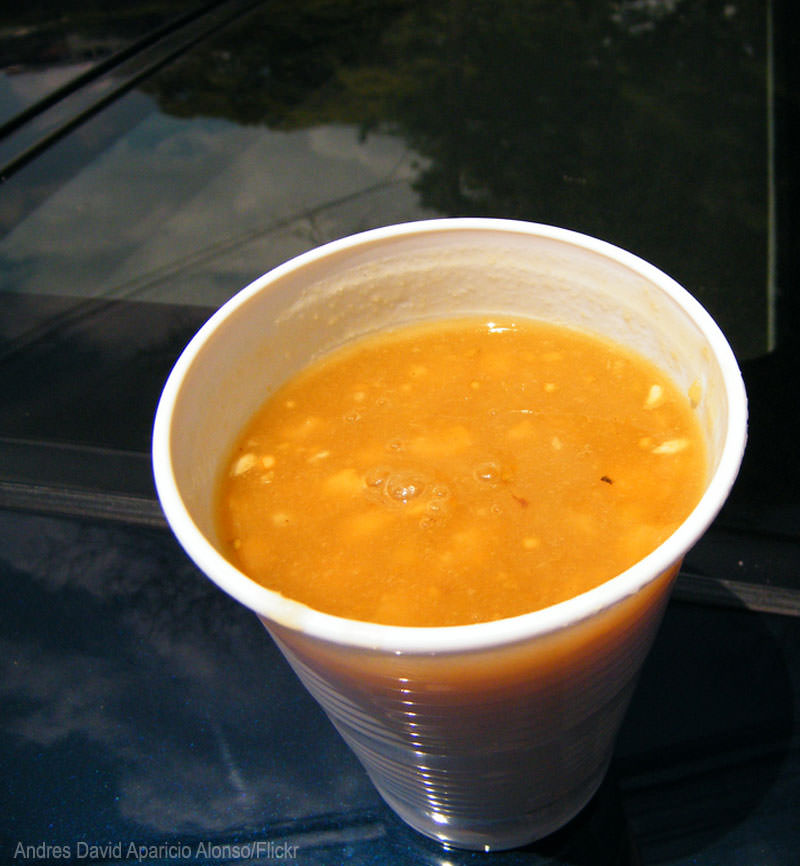
Ecuador’s national beverage is concocted with maize and a mixture of fruits seasoned with spices, including cinnamon, cloves and orange leaves.
Serve It Farm-Style: With a plentiful harvest of corn at your disposal, you can experiment with brewing your own corn beer, or maize. Flavor it with herbs pulled from your garden, and if you grow oranges, an orange leaf.
18. Switzerland: Sparkling Apple Juice

The Swiss enjoy the bounty of apples produced in their region as both still and sparkling apple juice.
Serve It Farm Style: During the fall harvest, combine some fresh apple juice with baker’s yeast to create your own homemade version of sparkling apple juice.
19. Honduras: Licuados

Tropical fruits like mango, watermelon and bananas are blended to make these fruity milkshakes commonly enjoyed in Honduras.
Serve It Farm-Style: Your kids will love a frothy watermelon, honeydew or cantaloupe milkshake using frozen or chilled slices of melon and sweetened milk from your dairy animals.
20. Nigeria: Zobo
Zobo is a unique purplish-hued drink contrived by the Nigerians using the blossoms of the Roselle plant, as well as pineapple and ginger, to make this non-alcoholic refresher.
Serve It Farm-Style: A very similar process to creating zobo is flavoring water with rose petals. Roses are safe, colorful and surprisingly adaptable ingredients for the kitchen. To make rose water, allow fresh rose petals to rest in a gallon of water for several days and then stir in sugar and fruit juices.
21. Iran: Tea

Iranians typically drink tea black with a bit of sugar at breakfast, lunch and dinner.
Serve It Farm-Style: Prepare a cup of black tea, but use natural sweeteners like homegrown stevia plant, mint leaves or honey to imitate the minimalist Iranian style.
22. Bosnia: Rakia

Rakia refers to a strong native brandy made by fermenting one of many fruits, including plums, cherries, figs, apples or peaches.
Serve It Farm-Style: If you are able to obtain a fruit brandy from the region, follow in Bosnian tradition by warming the liquor and flavoring with honey, unripe apples, dried peaches or herbs from your garden.
23. Belgium: Jenever
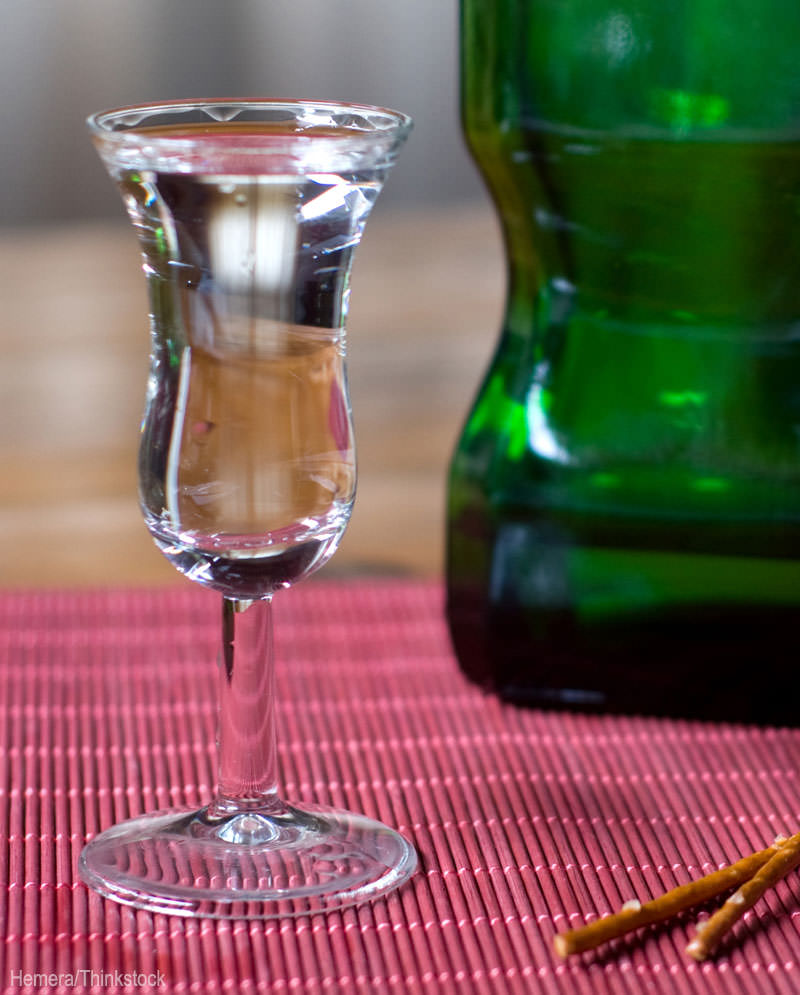
The distilled spirit that begot gin, jenever is also the juniper-flavored national liquor of both World Cup teams, the Netherlands and Belguim.
Serve It Farm-Style: Purée and extract the juices from cucumbers harvested from your garden and combine with jenever (or, if you need to cheat, an attainable gin), ginger beer and a splash of lemon juice for a refreshing summer cocktail.
24. Germany: Beer/Hefeweizen
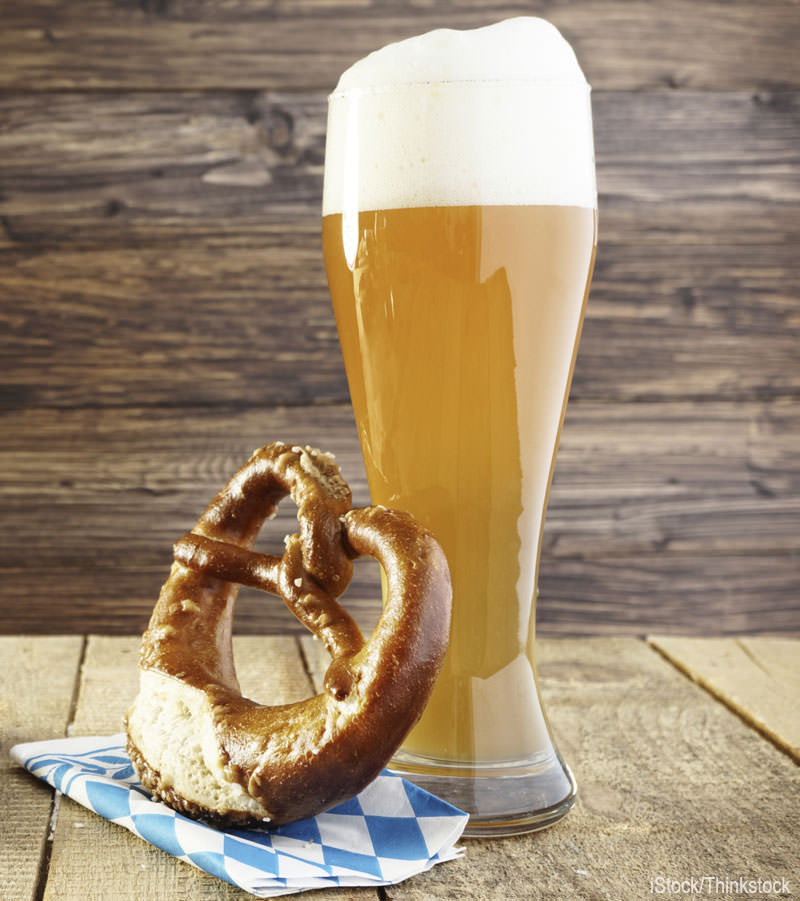
It’s no secret that Germans are beer connoisseurs. The country’s long-standing brewing tradition is apparent by its many beer gardens, native hops varieties and the annual Oktoberfest celebration, the largest beer festival in the world.
Serve It Farm-Style: Americans are riding a wave of craft brewing enthusiasm, with many starting home-brewing operations. If you’re not interested in diving headfirst into a new brewing hobby, simply pour half a German Hefeweizen beer in a tall glass and finish with pear, apple or other fruit juice from your farm. Garnish with a savory herb, like thyme, sage or lemon basil.
25. United States: Coffee

America loves a good cup of joe. About 83 percent of American adults are regular drinkers of some iteration of coffee. In fact, the U.S. is the world’s largest coffee market.
Serve It Farm-Style: Adding some herbs from your garden, like lavender, lemon verbena or rosemary, to your coffee filters or French press will give a boost of flavor to your standard awakening ritual in a mug.
26. Ghana: Akpeteshie
Like their gritty soccer club, natives of Ghana are tough when it comes to their leisure drinks. A liquor originating from the bush communities, akpeteshie burns as it trails to the stomach.
Serve It Farm-Style: In Ghanaian tradition, ease the burn of this liquor with brown sugar syrup and refreshing spearmint leaves.
27. Portugal/Spain: Sangre/Sangria
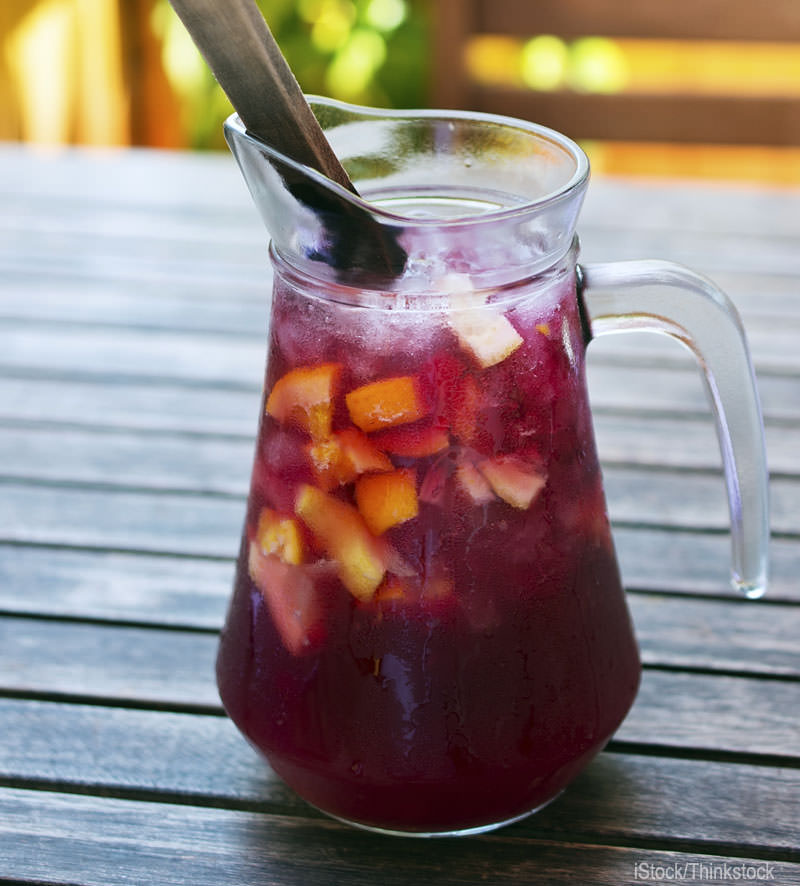
This intoxicating summertime beverage is called “sangre” or “sangria,” which means “blood-letting” in the respective languages. The concoction contains chopped fruit, wine and a bit of brandy.
Serve It Farm-Style: With a bottle of wine on hand, make the most of your overly ripe farm fruits by chopping them up for a bowl of sangre. You can use peaches, berries, apples or melons.
28. Algeria: Mint Tea
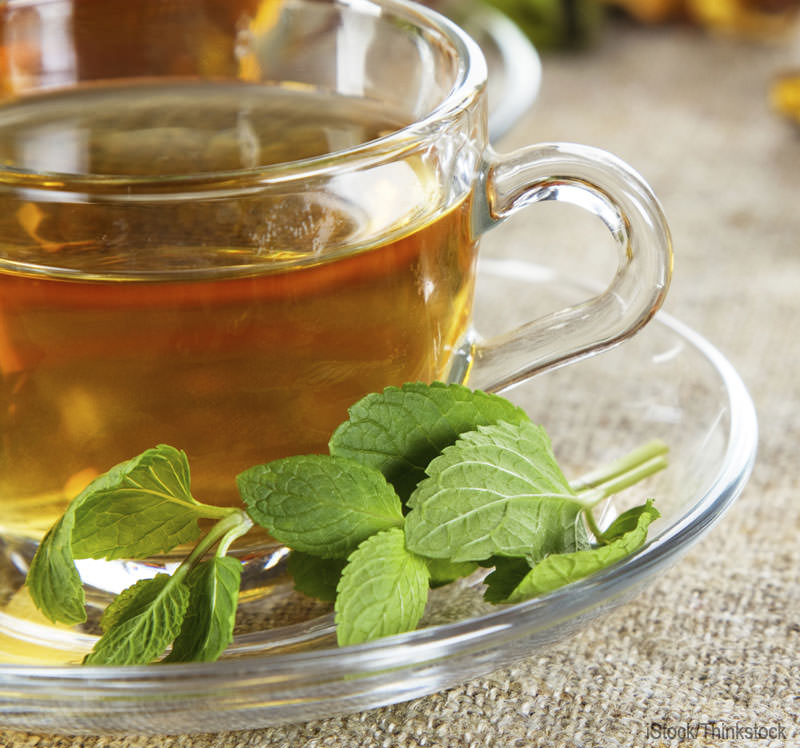
Maghrebi tea is the national beverage of Algeria, but it’s also consumed across northern Africa. The herbal tea is commonly served hot any time of day as a gesture of hospitality.
Serve It Farm-Style: Dry your own variety of green herbs—from lemon verbena to rosemary to pineapple sage—in a paper bag for a few weeks. Steep and enjoy a pure, earthy homegrown tea.
29. Russia: Kvass

Outsiders are likely to think “vodka” when Russia’s national beverage comes to mind. While vodkas are indelibly attached to Russia, many natives prefer a fermented rye bread cider called kvass.
Serve It Farm-Style: Kvass is best made from scratch at home—an ideal process for the hobby farmer! You’ll need to ferment in glass bottles a combination of water, ginger, lemon zest, raisins, sugar, yeast and stale rye bread. For a more dynamic flavor, add in garden herbs of your choice.
30. Korea Republic: Omija Tea

In Korean, omija means “five-flavor berry.” In this deep red tea, you are meant to taste five flavors: sweet, sour, salty, bitter and spicy.
Serve It Farm-Style: Attempt to achieve the five flavors of a homemade version of omija tea with ingredients from your garden. Consider how ingredients can come together, with sweetness from hive honey, spiciness from peppers and sourness from a Meyer lemon.
None of these beverages your cup of tea? Sip on one of these other drinks:
- Tart-cherry Cinnamon Soda
- Rhubarbsicle Creamy Cocktails
- Bee’s Kiss Cocktail
- Blueberry Kiwi Smoothy
- Rosemary Honey Soda
About the Author: Elizabeth Troutman Adams is a public-relations specialist and freelance writer based in the Bluegrass region of Kentucky. In addition to gardening, cooking and homesteading, she loves riding horses, practicing yoga, and spending time with her French bulldog Linus and husband Shawn. She blogs at www.bluegrassgoodness.com.




